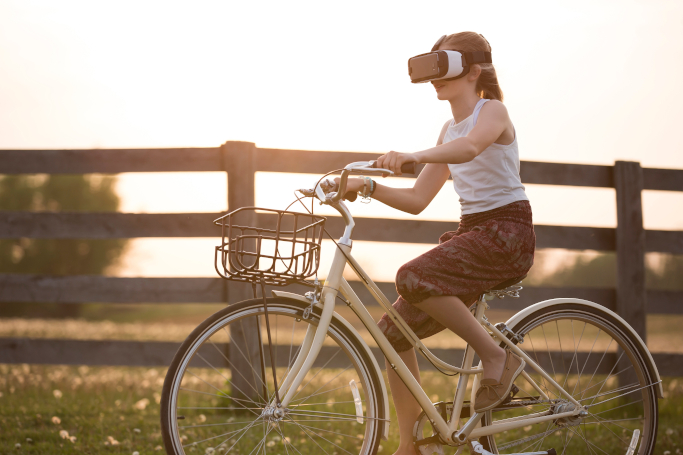
Superheroes rarely wear jacked-up jeans and sneakers except to camouflage their identities. Superheroes wear super suits of course. Suits that let them fly. Suits that protect.
But the idea of protecting and optimising with fibres and integrated technology is by no means science fiction. Smart fashion has been playing an increasingly important role in the clothing industry for some time now. This is affecting superheroes and super geeks. Because smart clothing can save lives. It can make situations in video games seem even more realistic. But it can also empirically prove how often women in nightclubs are felt up without their consent.
Smart fashion: Out in the club
About a year ago, a video went viral showing scenes from nightclubs in Sao Paolo. Three different women wore the same high-necked black dress of slightly sparkling fabric on three different evenings. Bling bling! The dress logged in real-time whether the person wearing it was touched without consent and where their hands wandered. This was thanks to sensors embedded in the fabric. The results were sobering: Almost 50 times an hour, a woman who goes out is approached by strangers; In Sao Paolo’s clubs, no normal conversation seems possible without putting one’s hand around someone’s waist or butt. Scary that this unsuspecting touch could turn into something more aggressive.
Now the situation may be more unpleasant in South American clubs than in Scandinavian, but the project under the sponsorship of the beverage manufacturer Schweppes is more than a successful marketing campaign in the age of the #MeToo. The campaign shows what has long been technically possible with relatively little effort and gives an idea of how our clothing invisibly transforms into IoT objects.
Smart fashion: Garments helping in an emergency
Speaking of IoT devices… Emergency call buttons are widely used in hospitals and nursing homes, they often aren’t yet connected to the Internet. Patients push the nurse button next to their bed the way they push the button or pull the rope in the bus when they want to get out at the next stop. But many senior citizens wear their emergency button on a cord around their neck like a silver family medallion. These are connected to routers. But what happens with patients with conditions like Alzheimer’s? Sometimes these patients can’t even gauge what these buttons are for in an emergency. This is where clothing takes over.
German fashion researcher Julia Danckwerth, for example, is working on smart add-ons that can be integrated into the familiar and valued clothing of dementia patients, but they can also be removed. If in an emergency, they’ll call the ambulance on their own at the right time, but also communicate with caregivers. Fall detection and location sharing are to be integrated. Danckwerth has received many awards for her project in recent years. The first prototypes are expected in the year 2021.
Smart fashion: Pneumatic clothing for special virtual experiences
Wearable technology not only plays a role in collecting data in everyday situations, making it quantifiable when men lack respect and dementia patients’ activities. Above all, a market has emerged when it comes to its use for leisure. It ranges from smart wearables in the sports sector and for the video game industry.
Especially since virtual reality gaming is really taking off. Visual and auditory sensors have been taken care of. Put on the headset and head to the battlefield! Participants can see all the blood and gore and the havoc they’re wreaking. But they don’t feel bomb detonations or being hit in VR games… at least not yet.
Smart fashion: Digitising (almost) all senses
Pneumatic garments are currently under development. As early as 2015, American company Haptx has presented a glove that sends haptic feedback to its wearer.
Disney is working on it too! The entertainment giant is working on a pneumatic suit. Whether you press down on a virtual weapon or caress a virtual cat, whether you get caught in the blast of an explosion, or you are running through the jungle and are being brushed by plants along the way: With the help of the appropriate mechanics and certain compressed air chambers, smart wearables also let users feel a virtual experience, not just see and hear it. But also for training purposes, such smart clothing items can be more than useful. Use is so far mostly in VR, but it is not limited to the game sector.
Only smell and taste are missing from the digitised world. The smart dress from Schweppes can register assault, but it can’t make that a gin tonic taste sweet or like vinegar. And games that simulate war can not yet recapture the smell of debris and decay. It might harm business in some groups but for virtual journeys on the sea, you could integrate so much through your senses.
Smart fashion: A tile on the mosaic of innovation
Curious about the trends that’ll shape the future? In our big trend book for 2019, we haven’t spared anything about digital transformations. You can download the publication here!




